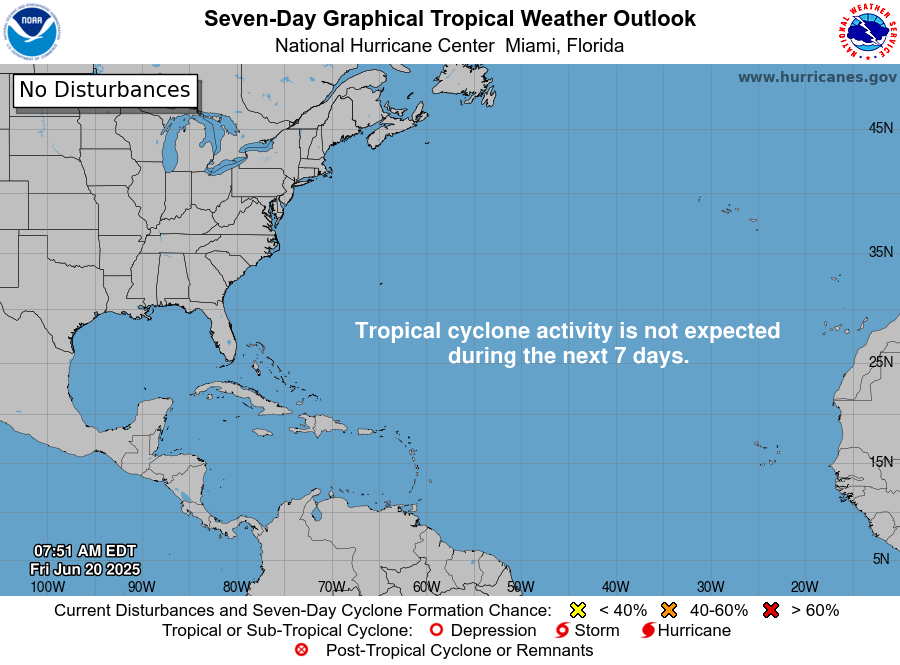In brief: Serious flooding is ongoing in Central Texas along the Guadalupe and San Saba Rivers after a foot of rain or more fell across parts of that area. Locally, another round of thunderstorms is likely this afternoon, followed by a fairly typical summer-like pattern this weekend and beyond.
Thursday & Thursday night storms
As noted yesterday morning by Eric, the forecast changed rather abruptly. And yesterday’s storms, while fairly quick movers, hit with some punch. Thankfully they did, as we saw instantaneous rain rates as high as 4 to 6 inches per hour in spots! Rainfall varied overall, with as much as 2 inches or a bit more in northeast Harris County and about a quarter-inch in western Harris County.
On a more serious note, parts of Hill County have seen some severe rain overnight. South-Central Kerr County is estimated to have received as much as nearly a foot of rainfall. This has led to flash flood emergencies there and along the Guadalupe River. The river at Hunt, TX is approaching 30 feet, beyond the 1987 flood event at that gage.
Downstream in Kerrville, they aren’t expected to hit the 37 feet of 1987, but it still looks to be a top 3 flood. Meanwhile, San Angelo saw around 8 inches of rain, with over 12 inches just north of the city. Additional rivers are expected to rise deep into flood stage, with major flooding possible in spots. If you have friends or family that headed out to the Guadalupe or San Saba Rivers, make sure they’re taking any warnings from local officials seriously. More rain is possible today, with some already occurring again this morning.
Today
For Houston, today should probably unfold somewhat similar to yesterday with showers likely to pop up across the region this afternoon. Rain could again be heavy.

Storms should keep moving today limiting flooding risk. Some gusty winds and frequent lightning will be possible as well. We do expect storms to settle down or dissipate in time for evening celebrations across the region.
Weekend
Additional scattered showers and storms are likely tomorrow, followed by a lesser chance on Sunday. Overall, if you can just manage to live with some passing showers for an hour or two, the weekend should be fine. We’ll keep watching in case anything should change on us again, however. Expect highs in the mid-90s and lows in the 70s.
Next week
It looks like a mostly typical summer week next week. I would expect isolated to scattered showers and thunderstorms each day, with highs in the 90s. There may be a skew toward slightly less afternoon storm coverage and hotter temps later in the week.










